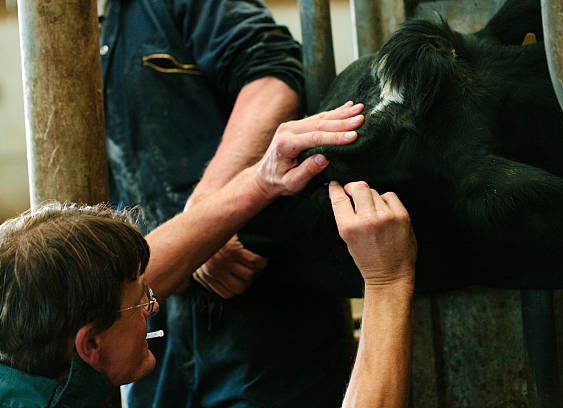Don’t let pinkeye impact stock growth and saleability – address any risk early, particularly in young stock and weaners.
Pinkeye is inflammation and damage to the eye commonly caused by bacteria, and flies play a major role in spreading pinkeye from animal to animal.
Dry, dusty and high fly counts of late spring and summer create prime conditions for pinkeye in cattle.
If left untreated it can lead to blindness, and it is estimated to cost $23 million annually in lost production and treatment.
You can vaccinate susceptible cattle against pinkeye 3-6 weeks before the start of the risky season.
There are some practical steps to help reduce the risk of pinkeye. Where possible avoid high-risk seedy pastures and dry, dusty conditions, and if you identify an animal with pinkeye keep them separated to prevent the infection being spread.
Find out more about pinkeye prevention by checking out these FAQs or chat to your local vet about pinkeye prevention for your herd.
